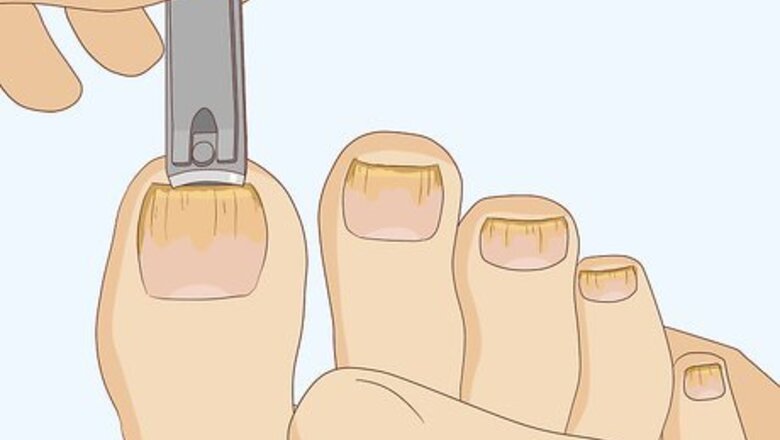
views
X
Trustworthy Source
Cleveland Clinic
Educational website from one of the world's leading hospitals
Go to source
However, this remedy has very limited success because the vinegar can’t penetrate under the nail. You can try it if you want to, but visit a podiatrist for further treatment if you don’t see any results in 2 weeks.
Making a Vinegar Soak
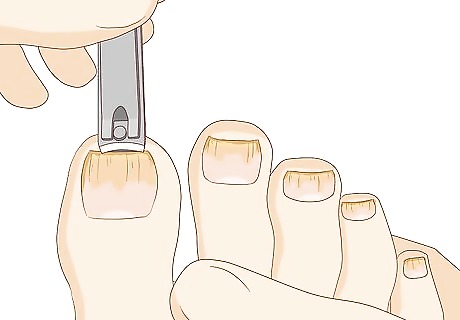
Trim your nail back before soaking your foot. If your nail is covering the fungus, then topical treatments won’t work very well. Take a clipper and trim your nail back as far as you can. This helps the vinegar reach the fungus and kill it. Don’t try to cut your nail past where the white section ends. You could cut yourself. If you have trouble cutting your nail, try softening it with a urea cream first. This is a common cosmetic treatment for skin irritations, and is available at most pharmacies. Disinfect the clipper as soon as you’re finished so you don’t spread the infection. Soak it in isopropyl alcohol for 30 minutes to kill all the fungus.
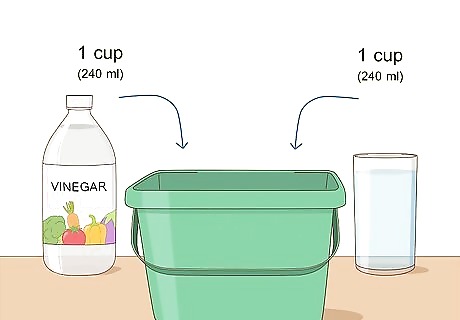
Mix 1 cup (240 ml) each of warm water and white vinegar into a bowl. Find a bowl or bucket that you can fit your foot into. Pour both vinegar and warm water in, then stir them together. You could also use apple cider vinegar instead of white vinegar. Both contain similar amounts of acetic acid.

Soak your foot for 10-20 minutes. Place your foot into the bowl and make sure the water covers your infected toe. Then keep it there for 10-20 minutes so the vinegar can soak into the fungus. If you have any cuts on your foot, the vinegar may sting a little. This isn’t dangerous.
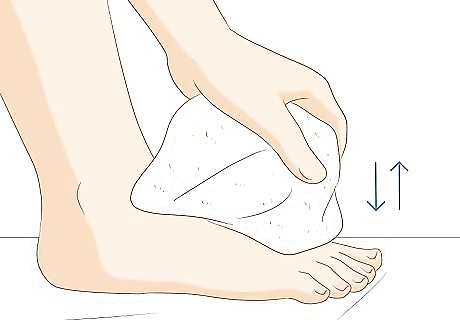
Dry your foot thoroughly when you’re done. Fungus grows in moist conditions, so always dry your foot off as soon as you soak it. Take a clean towel and pat your foot dry before putting your shoes and socks back on. Don’t use this towel again before washing it because it could spread the fungus.
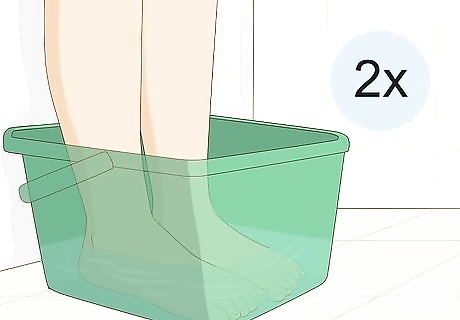
Repeat this soak twice a day until your symptoms disappear. Nail fungus is tough to get rid of, so it’ll take a while. Soak your foot with vinegar and water twice every day. If you see some improvement after a few weeks, then you can continue. If you don’t see any improvement, then see a podiatrist for further treatment. If your nail grows, trim it back again so the vinegar can reach the fungus. This could take several months to work. If you can't keep up with soaking your foot twice a day or the fungus doesn't seem to be getting better, then see a podiatrist instead.
Using Conventional Treatments
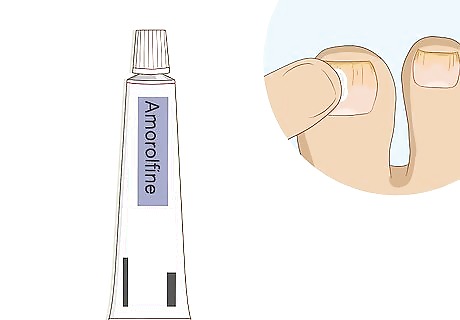
Apply an over-the-counter antifungal cream for an easy treatment. Specialized antifungal creams might work better than a vinegar soak. Try getting some from a local pharmacy and applying it exactly as directed. For many creams, you have to apply them every day for a few weeks at least. Follow the directions and see if this helps the infection clear up. Approved antifungal creams include Amorolfine, Ciclopirox, Efinaconazole, and Tavaborole. Keep your nails short so the cream can reach the fungus. Creams usually don’t work as well for nail fungus because they can’t penetrate the nail. Don’t be surprised if you don’t see much improvement and have to see a foot doctor.

Take prescription oral medication from your podiatrist. Oral medication is usually the go-to treatment for nail fungus because it works internally. If your infection isn’t clearing up with home treatments, then make an appointment with a podiatrist. The doctor will probably examine your toenail, then prescribe a medication to fight the fungus. Take the medication as directed for 2-3 months to clear the infection entirely. Some common antifungal medications include Lamisil and Sporanox. Don’t stop taking the medication early. If you stop before all the fungus is dead, the infection could come back. At the initial appointment, the podiatrist may also trim your nail a bit to remove some of the fungus. This can help, but probably won’t cure the infection entirely. Antifungal medications can be powerful, so your doctor may want to test your blood periodically to make sure the levels in your system are correct. Too much could cause liver damage.
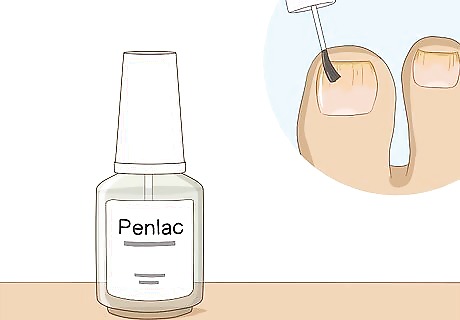
Try medicated nail polish to penetrate your nail. Your podiatrist may try this approach along with oral medications. A medicated nail polish, usually Penlac, can soak through your nail and treat the fungus. In most cases, you brush it onto your nail and leave it there for a week. After that, you wash it off with alcohol and apply a fresh layer. Continue this application process for as long as the podiatrist tells you to. The application procedure might be different depending on what medication your podiatrist prescribes. Follow the instructions that they provide.




















Comments
0 comment